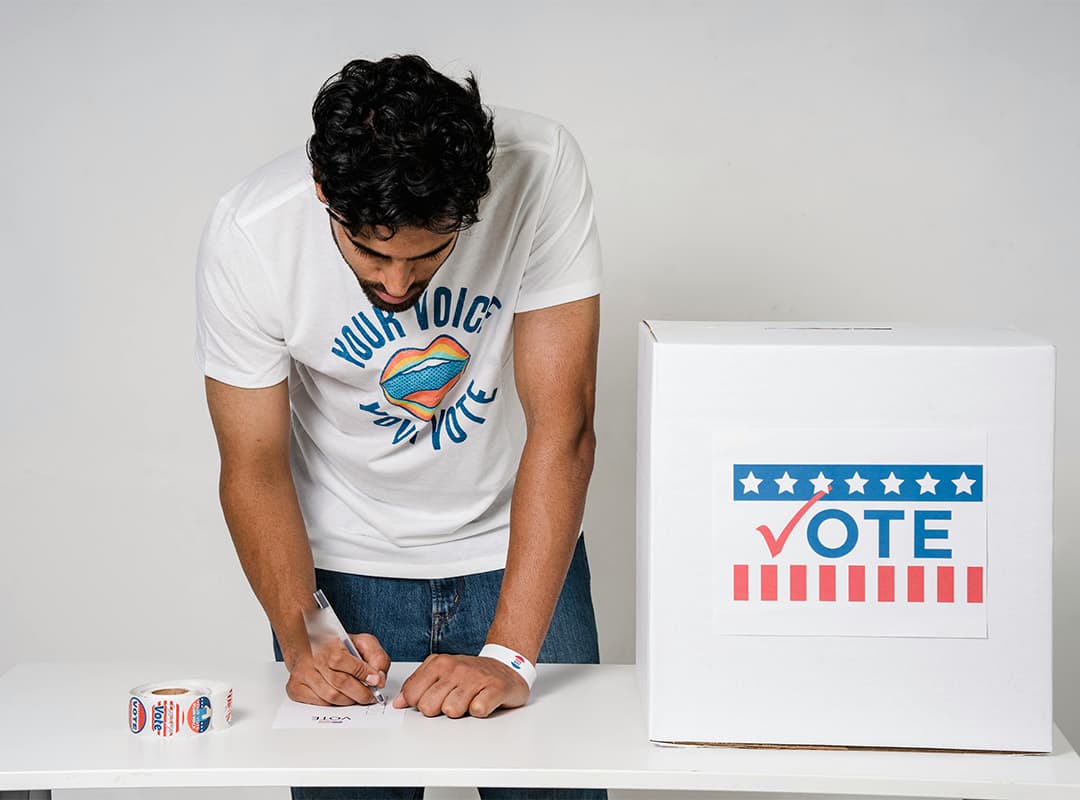Since public polling has found that most Texas voters are willing to vote in the gubernatorial election based on their allegiance to either the Democrats or the Republicans (and their strong dislike of the opposing party), the Abbott and O’Rourke campaigns continue to seek whatever small advantages they can among groups of voters who are defined by something other than their party identification. Suburbanites, Latinos, and moderates are the most common targets of these attempts, with other attention given to independents.
While partisanship plays a predominant role in candidate selection in American and Texas politics, both Governor Abbott and Beto O’Rourke’s messaging strategies are clearly designed to target key voter groups with messages focused on specific issues or policy areas. Targeted messaging, in which specific messages are delivered to specific social groups, provides an opportunity, albeit a speculative one, to reach voters who may be persuaded to move away from their party positions or simply turn out because they feel particularly strongly about a particular issue or set of issues.
In this election cycle in Texas, suburbanites, self-described ideological moderates, Hispanics, and political independents proved important to the final outcome of the election and thus to the campaigns because of their relative size and the fact that, as we show below, each includes significant numbers of members of both parties. One consequence of this combination of size and party mix is that even if targeted messages fail to persuade voters to cross party lines, those messages still resonate with a campaign’s own voters, strengthening overall efforts to increase turnout.
Suburbanites are the largest group among those we focus on, so it is not surprising that they may also be one of the most contested groups. These densely populated areas of Texas, once reliably Republican, have become increasingly competitive over the past few election cycles, partly in response to short-term forces (e.g., the presidency of Donald Trump) and long-term forces (e.g., population growth and demographic change). The Republicans still dominate the suburbs, albeit by a margin that has shrunk over time as the demographic composition of the suburbs and thus their party balance has changed.
As expected, Hispanics have recently become the largest racial/ethnic group in the state, although they remain the second largest racial/ethnic group in the electorate after Whites/English. The extent of Democratic dominance in the group is so often discussed and contested that one’s views on the current location of Latinos, and especially their trajectory in the future, sometimes seem like a political Rorschach test. The vast majority of Latinos still consider themselves Democrats, although Republicans have made periodic efforts to undermine the Democratic advantage.
Moderates hold a special place in the electorate in a political world increasingly influenced by the more extreme ideological wings of both parties. Ultimately, moderates need to decide which of the two candidates, both usually painted as extreme by opposing campaigns, better represents their views. The candidates’ focus on issues can send a direct signal to these groups about which issues or policies each candidate will seek to prioritize if elected. In another reflection of the polarization of the parties, self-described moderates are also more likely to consider themselves true independents than suburban Texans or Hispanics. Half of moderates (50%) now identify with the Democratic Party, while the other 50% identify as Republican (24%) or independent (26%).
